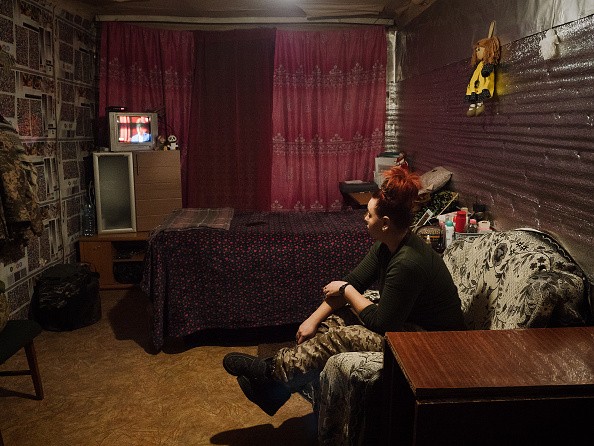Before going to bed, close the blinds, draw the curtains, and turn off all the lights. Even modest ambient brightness during nighttime sleep, as compared to sleeping in a poorly lit room, affects cardiovascular performance and raises insulin resistance the next morning, according to new Northwestern Medicine research.
In a well-lit room, a person's heart rate increases and the body cannot rest well

According to researchers at the Northwestern University in Illinois, each of these features may increase the risk of cardiovascular diseases and diabetes.
Twenty volunteers are subjected to an experiment that showed that the body suffers negative consequences only after one evening of moderate exposure to light, according to Dailymail.
As a response of their observations, the experts have advised individuals to assess the lighting in their beds.
The study's author, Dr. Phyllis Zee, indicated that if you can see items clearly, the light is too strong.
People who do require some light, such as an older person who needs to avoid tripping, should use low light near the floor, according to the scientist.
As per Dr. Daniela Grimaldi, the co-first author and research fellow professor of neurology at Northwestern, resting in a somewhat lighted surroundings elevates your heart rate.
Even when you are asleep, your neurological system is working.
The volunteers' physiology is regulated by sympathetic and parasympathetic nerve systems during the day and night.
During the day, the central nervous system is in charge, while the parasympathetic system is in control at night, whenever it replenishes the whole body.
How evening light may lead to diabetes and obesity while sleeping
According to ScienceDaily, insulin resistance occurs when cells in the muscles, fat, and liver fail to respond to insulin and are unable to utilize glucose from the blood for energy.
To compensate, the pancreas produces extra insulin.
According to Zee, they are now exhibiting a mechanism that might be critical in explaining why this happens.
They found that it had a serious impact on the capacity of a person to control glucose.
Relationship of light to health
Zee further explained that in contrast to sleep, nutrition, and exercise, exposure to light during the day is a significant determinant for health, but throughout the night, they show that even low-intensity light can interfere with measures of cardiac and endocrine activities.
On a typical summer day, the volume of sunlight is roughly 50,000-100,000 lux outside, whereas the brightness of a full moon is one lux.
Most homes and businesses have light levels ranging between 50 and 500 lux.
Ten people participated in the study and slept in low light one night and moderate light the next.
Participants who were exposed to just 100 lux while resting has a greater heart rate than those from the low light group, according to research co-author Dr. Daniela Grimald.
Tips on reducing light during sleep
Don't turn on the light; instead, utilize a low-level light that is closer to the floor.
Amber or red/orange light is less engaging to the brain. Avoid utilizing white or blue light and maintaining it as far away from the sleeping person as feasible.
If you can't control the light outside your house, use dark shades or eye masks. Also, arrange your bed so that no outside light shines into your eyes.
© 2025 NatureWorldNews.com All rights reserved. Do not reproduce without permission.





